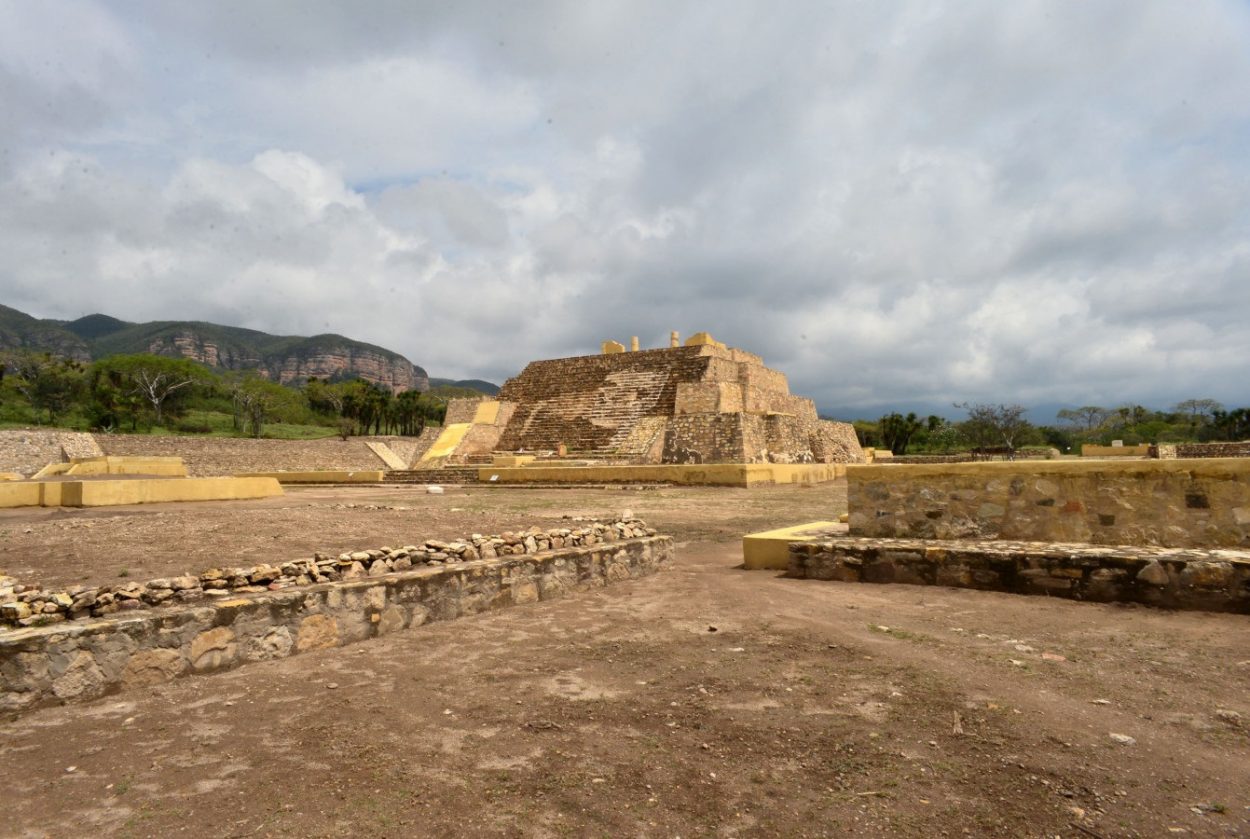Archaeologists excavating within the archaeological zone of Tehuacán Viejo in Puebla, Mexico, have announced the discovery of two pre-Hispanic temples.
Tehuacán el Viejo was an ancient city of the Nguiwa or Popoloca culture that served as a cult centre and political head of the region during the Postclassic period from AD 1000 to AD 1456, until the city was conquered by the Mexica-Tenochca who displaced the population.
The city is distinguished by a distributed group of buildings on the slopes of a plateau, consisting of ceremonial squares, housing for the city elite and rulers, and pyramidal bases in which temples were originally situated.
Excavations of the newly discovered temples were first conducted in 2019 by the Site Museum within the archaeological zone, however, due to the COVID-19 pandemic work was suspended and only recommenced in October 2021.
Archaeologists uncovered a temple pyramid and altar dedicated to Xipe Totec. Xipe Totec, meaning “Our Lord the Flayed One” in Nahuatl was the Mesoamerican god of spring, new vegetation and patron of goldsmiths.
Archaeologists also uncovered a second temple dedicated to Ehecatl Quetzalcoatl, the Mesoamerican god of air and winds, regarded as a manifestation of the great feathered serpent god Quetzalcoatl. The guise of Quetzalcoatl-Ehecatl figures prominently as one of the creator gods who helped create humanity in the Aztec creation myth and gave the gift of the maguey plant.
Excavations are ongoing, with only 12 percent of the entire area being fully explored so far.
Header Image – Tehuacán el Viejo – Image Credit : Mauricio Galvez Rosalez – INAH





